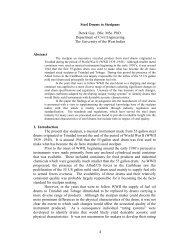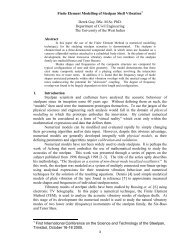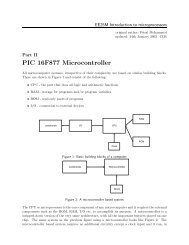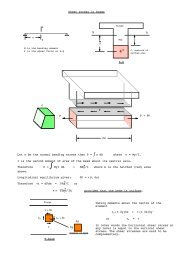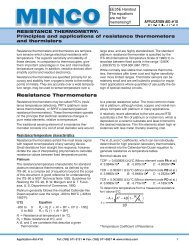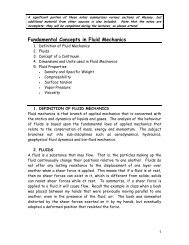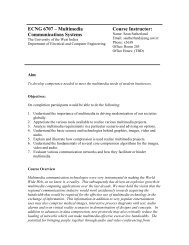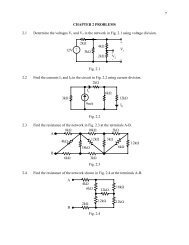Tuning, Scales and Temperament Harmonic and Inharmonic ...
Tuning, Scales and Temperament Harmonic and Inharmonic ...
Tuning, Scales and Temperament Harmonic and Inharmonic ...
You also want an ePaper? Increase the reach of your titles
YUMPU automatically turns print PDFs into web optimized ePapers that Google loves.
scales<br />
http://www.anu.edu.au/ITA/ACAT/drw/PPofM/scales/scales8.html<br />
Equal Divisions of the Octave into Different Numbers of Tones<br />
In twelve tone equal temperament the octave is divided into twelve equal ratio intervals. This causes<br />
major difficulties with intonation. Some of these difficulties could be eliminated if the octave was<br />
divided into a different number of tones, giving a scale with more or less that 12 notes.<br />
From the early stages of the piano's development, there have been five black <strong>and</strong> seven white keys to an<br />
octave. This could be so because it is particularly appropriate for the human h<strong>and</strong>, although to date no<br />
extensive work has been done to assert this. In subdividing the octave into 12, perhaps we have been led<br />
by our h<strong>and</strong>s <strong>and</strong> not our ears!<br />
In order to divide the octave into a different number of tones all we need to do is to compute the ratios in<br />
the same manner as we did for 12 tone equal temperament except with the different base. For example, if<br />
we choose 16 divisions to the octave, then the ratio unit ratio, a, is (the sixteenth root of 2), which is,<br />
approximately, 1.041616011. Each of the intervals can then be calculated as before:<br />
The actual frequencies can then easily be calculated.<br />
BACK INDEX<br />
1 of 1 2/4/2001 12:22 PM



